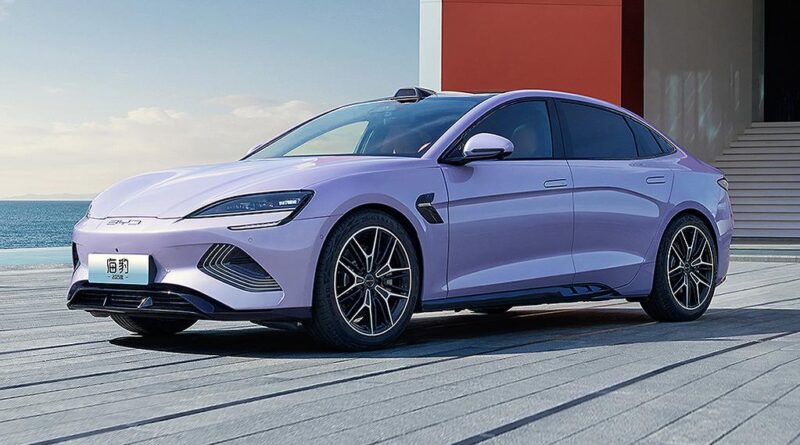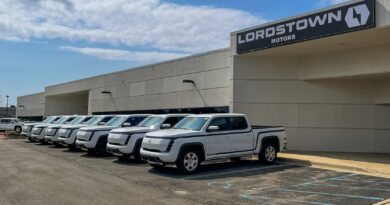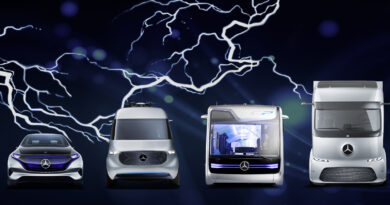Facelifted 2025 BYD to get 800V charging, redesigned interior to renew its attack on the Tesla Model 3
The 2025 BYD Seal has been unwrapped in China bringing more tech, better safety, cutting-edge silicon carbide inverters and advanced LiDAR sensors as well as a new 800V electrical architecture.
There’s also a redesign of the interior designed to step up its attack on its biggest rival, the Tesla Model 3.
Looking almost identical to the current BYD Seal, the design changes occur within the with the zero-emission mid-size sedan getting a wave pattern printed on the seats, a new Coral Orange colour scheme and a set of new hidden vents.
READ MORE: BYD Seal Performance review: Quickest BYD takes on Tesla Model 3
READ MORE: BYD Sealion 6 review: New mid-sized PHEV SUV takes on the Toyota RAV4 Hybrid
READ MORE: BYD Shark ute on track for late 2024 in Australia
Ahead of the driver is a wave-like graphic on the dash – another reference to the Seal being part of BYD’s Ocean family of vehicles.

There have been some substantial updates to the cabin which include the introduction of a new four-spoke flat-bottom steering wheel and an updated version of BYD’s rotating infotainment.
But most of the action for the updated Seal occurs beneath the skin.
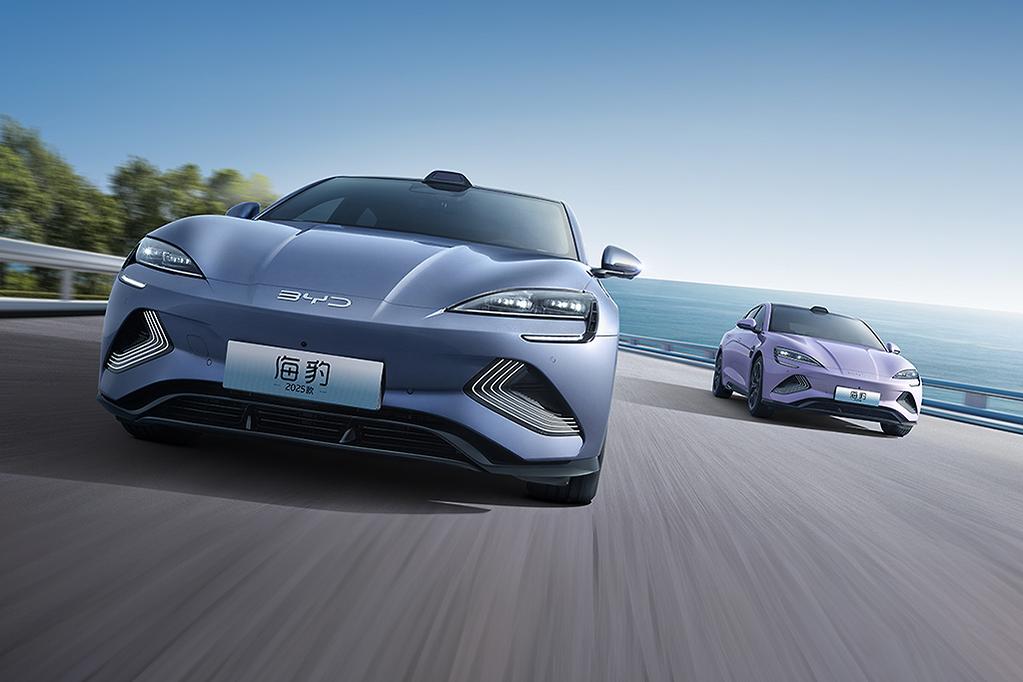
Set to arrive in Australia late in 2024 or early 2025 the overhauled BYD Seal utilises the current car’s e-Platform 3.0 Evo but now comes with two battery options: the existing 61.4kWh battery and a new 80.6kWh power pack that replaces the old 82.5kWh unit.
BYD says despite packing more tech the Seal’s Chinese CLTC range (a Chinese market measurement that’s often optimistic compared with real world range) actually falls to 510km (down from 550km) for the 61.4kWh battery and 650km (reduced from 700km) for the long-range 80.6kWh battery.
It’s unclear what will happen to the EV range of the updated Seal in Australia, but efficiency improvements suggest it should improve on the current 460km (got the 61.4kWh battery) and 570km (82.5kWh) according to the Euro WLTP test cycle.

The Seal’s new 800V electrics replace the old car’s 400V architecture to allow for faster charging at higher output DC fast chargers; expect something between 270kW and 350kW. The addition of more efficient silicon carbide inverters – which also typically allow for more power – could also play a role in the faster charging.
A 10-80 per cent top-up is claimed to take just 25-minutes – a huge improvement over the old car’s 37-minute wait.
The positivity continues because of yet more hardware upgrades that include a new powerful single e-motor for the entry rear-drive version that produces 170kW/330Nm (up 20kW and 20Nm on the current car).
Like before, there’s a mid-grade rear-drive Seal Extended Range that gets the larger battery pack and still produces 230kW of power and 360Nm of torque.
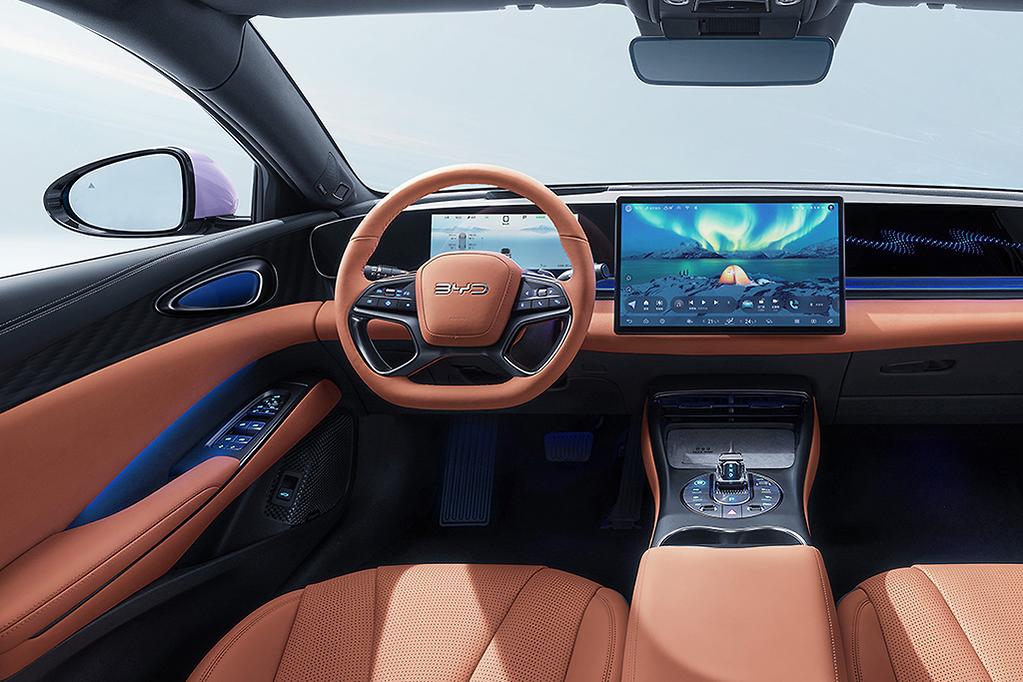
At the top of the Seal tree a fast Tesla Model 3 Performance rival continues with a dual motor set-up producing 390kW and 670Nm of torque and launching from 0-100km/h in just 3.8 seconds.
Improving the ride and drive, the Seal gets BYD’s latest Disus-C chassis tech that uses variable damping shock absorbers with electronically controlled valves for enhanced comfort and agility.

Boosting safety BYD says it has upped the airbag count to 13 and added a head-up display across the range.
In China, the BYD Seal also gets an advanced new LiDAR sensor that is said to significantly improve its self-driving capability, although don’t expect it to be offered initially in Australia due to legislation surround self-driving tech. The Chinese brand says its Seal is now capable of travelling in its semi-autonomous mode at both high speeds and in urban environments.

BYD has ruled out a full Level 3 eyes-off-the-road driverless experience but says the new Seal will offer buyers a Level 2+ capability (which is similar to that used by plenty of existing cars).
Already on sale for Chinese consumers the refreshed BYD Seal is actually cheaper than the car it replaces despite its enhanced tech, with the EV sedan priced from 75,800 Yuan ($37,000) and topping out at 239,800 Yuan ($50,800), representing a reduction of 4000 Yuan to 10,000 Yuan.
Priced from $49,888 (plus on-road costs) in Australia for the most basic version, $55,798 (plus on-roads) for the mid-spec Seal Premium and $65,748 for the Seal Performance it’s not known if similar price reductions will happen Down Under but if they do expect the more compelling BYD to make an even bigger impression on the EV sales charts.
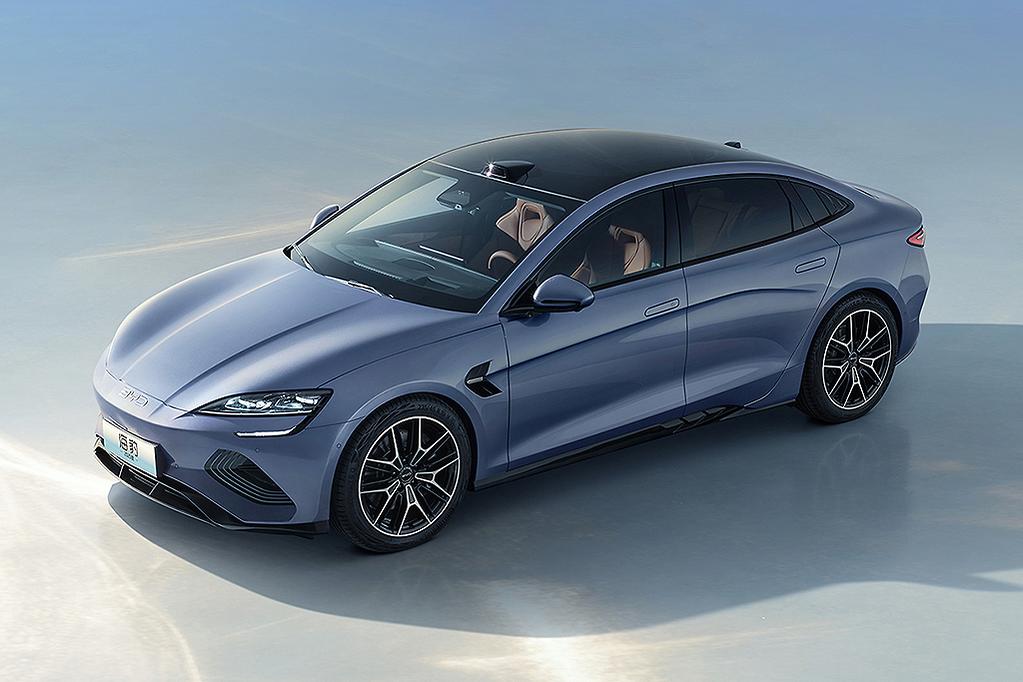
In the first seven months of 2024 the BYD Seal found 4662 homes making it Australia’s third-best-selling EV but that figure is still some way off from the 13,539 Tesla Model 3s delivered over the same time frame.

